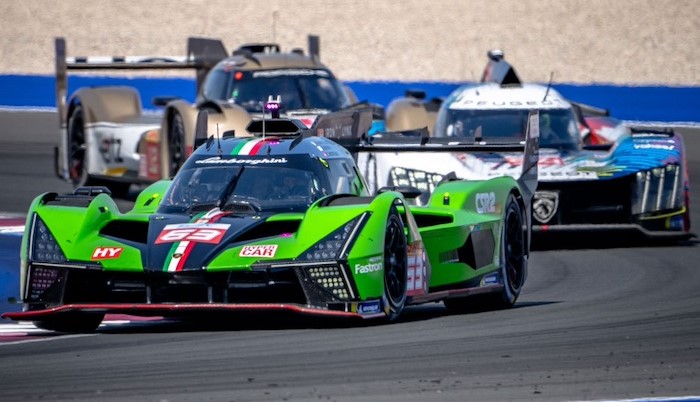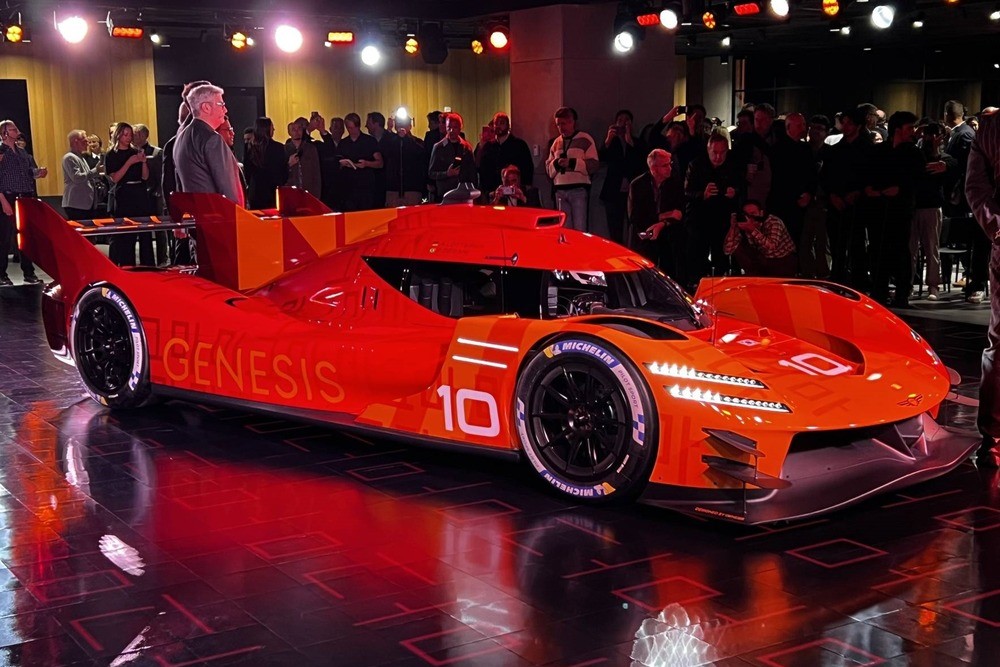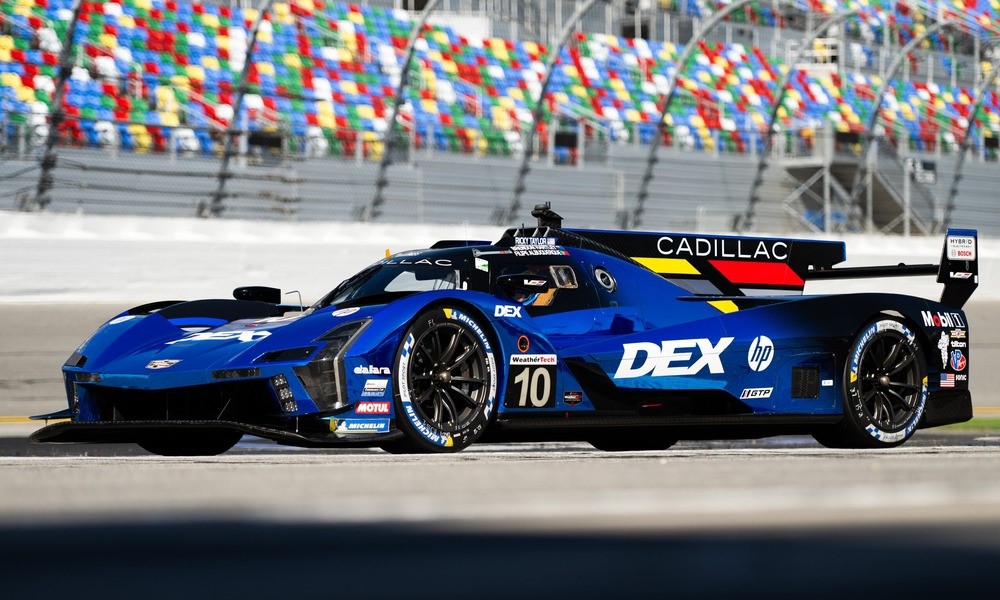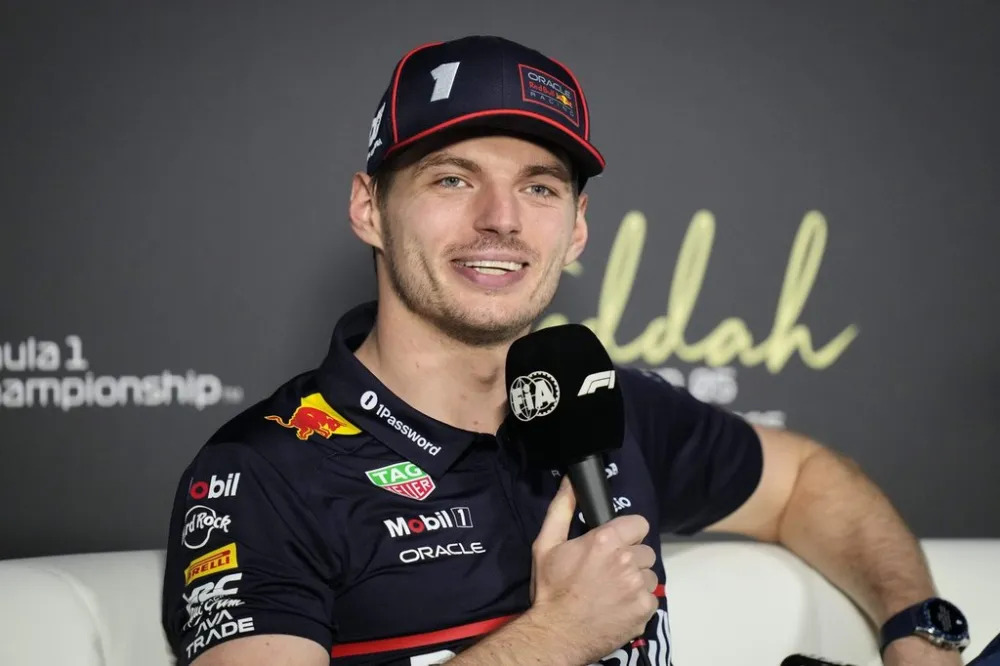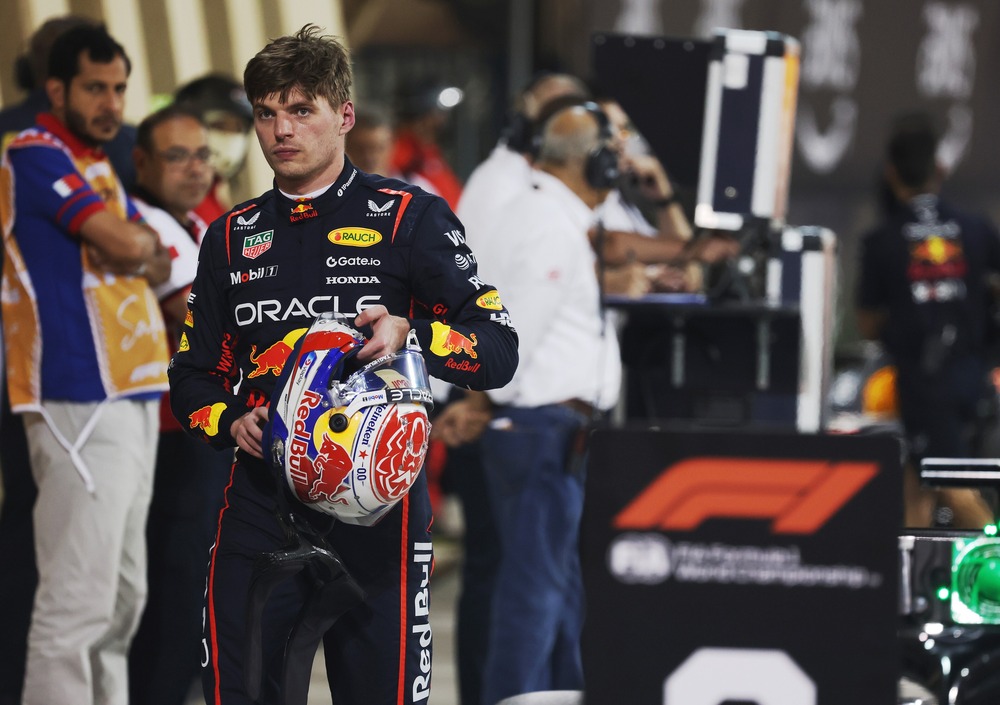A new Balance of Performance system(BoP) has been set up for the Hypercar class in the WEC this season, with the goal of “letting the manufacturers race.”
Changes from last year’s approach will be made to the Balance of Performance system for the Hypercar class, according to the FIA World Endurance Championship organizers.
The FIA and the ACO revealed their intentions on Thursday, using a combination of last year’s data, simulation data, and race-specific data to keep the nine distinct models participating with close performance in the premier category of the WEC this year.
The BoP values, which include power, weight, and maximum stint energy, as specified in the WEC Committee bulletin ahead of the Qatar 1812km, will be assessed following each event – as opposed to last year when the values were set for several races at once – in an effort to discourage sandbagging, according to ACO competition director Thierry Bouvet.
The main goal of any changes to the BoP is to maintain the cars within a specific margin of the average speed of the fastest benchmark for each car on the grid. However these adjustments will also take into consideration the unique features of each track toured by the championship.
In accordance with the guidelines provided by the FIA and ACO at the end of 2023, which aim to put all manufacturers within reach of their rivals without ensuring full performance parity, adjustments will be made to maintain each car within the undisclosed range.
“We are looking at the performance of the best car of every manufacturer, then we do an average of that,” Bouvet said. “Let’s say you’ve got five cars. We take the best car per manufacturer and then do the average of those five cars.
“We define the performance window. Hopefully there will be cars inside. There could be cars that are slower or cars that could eventually be faster. Before it was an input-[based] performance window. Now it’s more [based on] results, what we see on track. It’s linked to simulation and the need to correlate.
“It doesn’t mean that we will intervene between each event. The BoP can be identical but you will see different figures, because it’s a different track. Last year, we managed to group some of the tracks at the beginning of last year, which we did not at the end of the year. But this year it’s clear it’s going to be per track.”
Bouvet clarified that BoP adjustments will be implemented more gradually for cars that accelerate more slowly than average, so struggling manufacturers shouldn’t anticipate positive changes to happen right away for the purpose of avoiding sandbagging.
He further explained that a whole different set of rules will apply for the 24 Hours of Le Mans in order to prevent manufacturers from attempting to gain an advantage in the first three rounds of the season in Qatar, Spa, and Imola.
“Le Mans is to be separated, so they [manufacturers] can do what they want before,” said Bouvet. “We’ve got the experience of Le Mans last year. It needs to be treated as a separate [BoP]. It needs to be looked in a different way.”
Additionally, new names come along with the new system. The Starting BoP, which was essentially a set of values assigned to a new model without any race data from real life competitions, was renamed as “Homologation Parameters,” and the Platform BoP, which was designed to balance LMH and LMDh cars, became “Equivalence of Platforms.”
ACO and FIA explicitly declared that one of the aims of the updated system is to guarantee that the fastest LMDh and LMH cars perform comparably. Moreover, changes meant to alter a car’s competitiveness within a subclass will henceforth be called “Manufacturer Compensation.”

